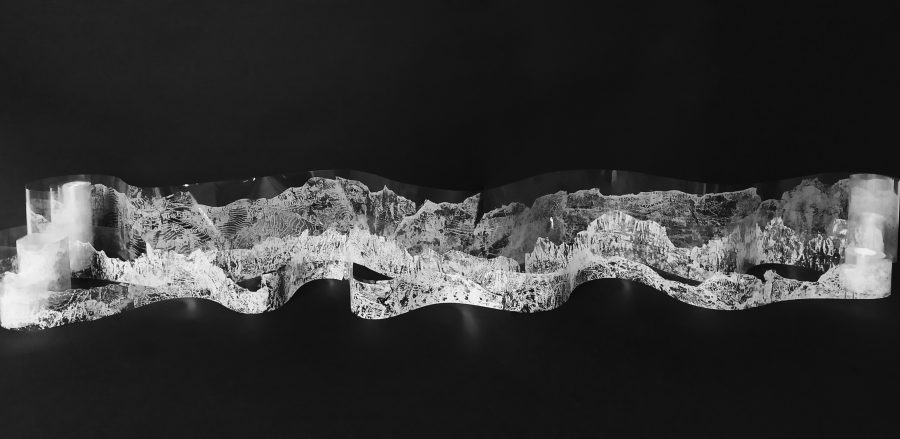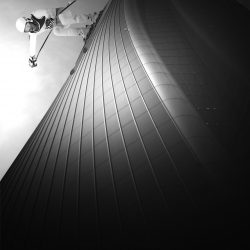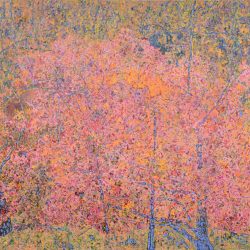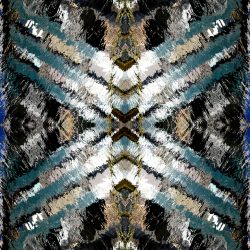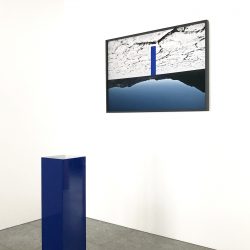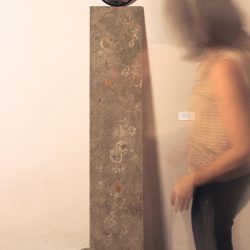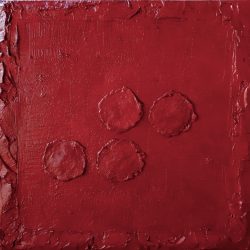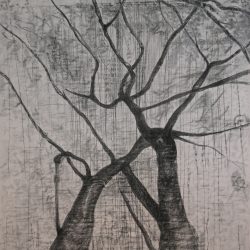work
Dynamogramm
| category | Installation |
| subject | Abstract, Nature, Landscape |
| tags | cartine topografiche, scenografie, flusso temporale, catene montuose, acetato, rotolo, gumprint, segno |
| base | 300 cm |
| height | 15 cm |
| depth | 0 cm |
| year | 2021 |
The concept of Dynamogramm, introduced in Warburgian theories, brings together two opposing spheres: dynamism and its sign-like crystallisation. A direct mode of expression for the movements of time, geological tremors that rise to the surface from the bottom and resurface in the grooves and signs of memory.
Hence the need for graphics as an acting force capable of writing and tracing the temporal and spatial stratifications of history, which interpenetrate in movement, appearing and disappearing as spectral images.
The surface reveals depth through its isohypses, reminiscent of those continuous flows typical of the representation of time immanent in consciousness. The unfolding of movement and becoming in space is entrusted to the tuortuous contour lines, which in their thickening and rarefying represent the rhythm of life that flows incessantly, never still and reversible, never the same as before.
The reliefs described by the subtle, calligraphic lines are those of the morphological terrain of the mountain ranges of northern Italy: without any real prior intention, these writings of signs take on the form of those familiar mountains.
Hence the need for graphics as an acting force capable of writing and tracing the temporal and spatial stratifications of history, which interpenetrate in movement, appearing and disappearing as spectral images.
The surface reveals depth through its isohypses, reminiscent of those continuous flows typical of the representation of time immanent in consciousness. The unfolding of movement and becoming in space is entrusted to the tuortuous contour lines, which in their thickening and rarefying represent the rhythm of life that flows incessantly, never still and reversible, never the same as before.
The reliefs described by the subtle, calligraphic lines are those of the morphological terrain of the mountain ranges of northern Italy: without any real prior intention, these writings of signs take on the form of those familiar mountains.



